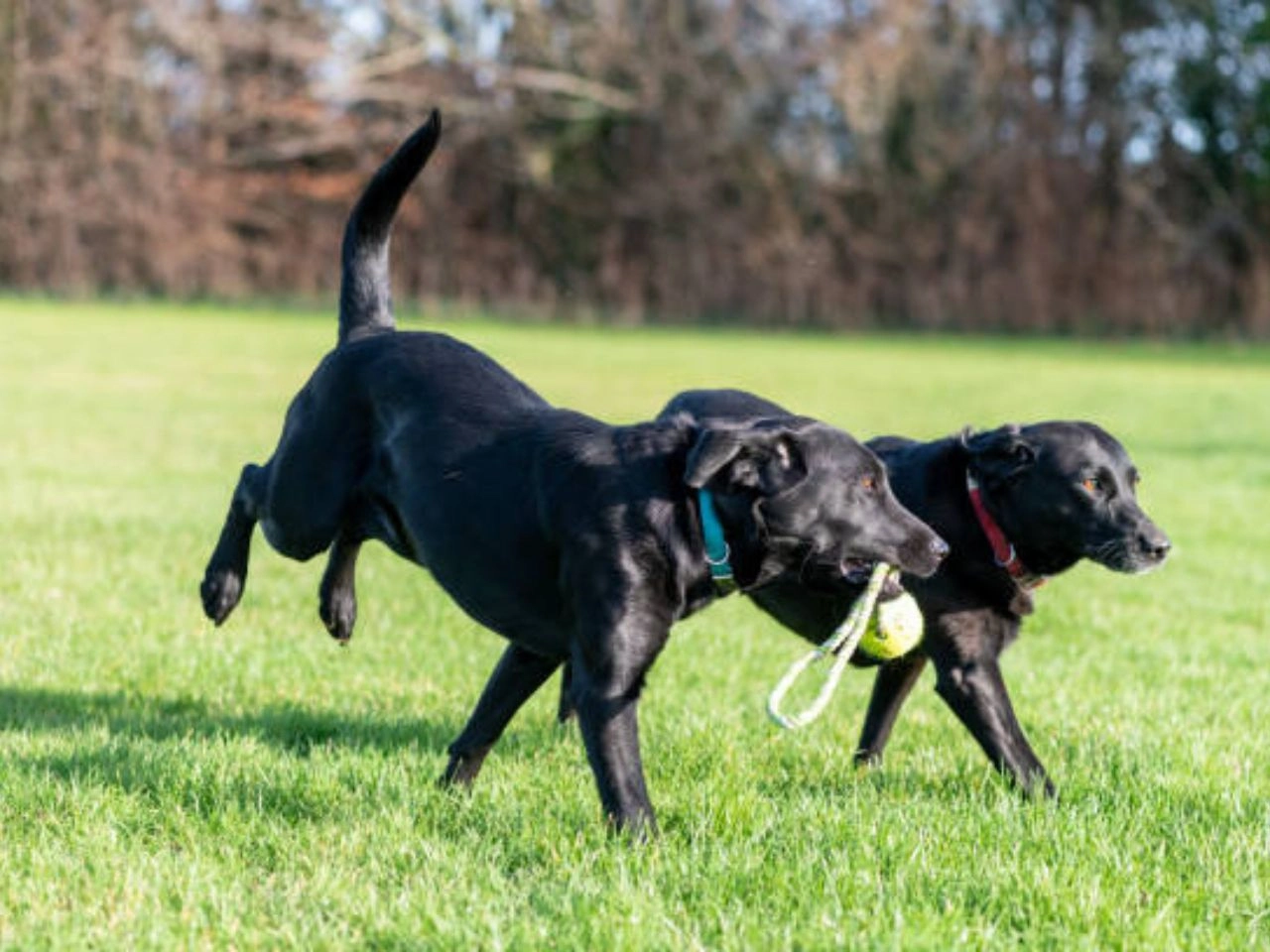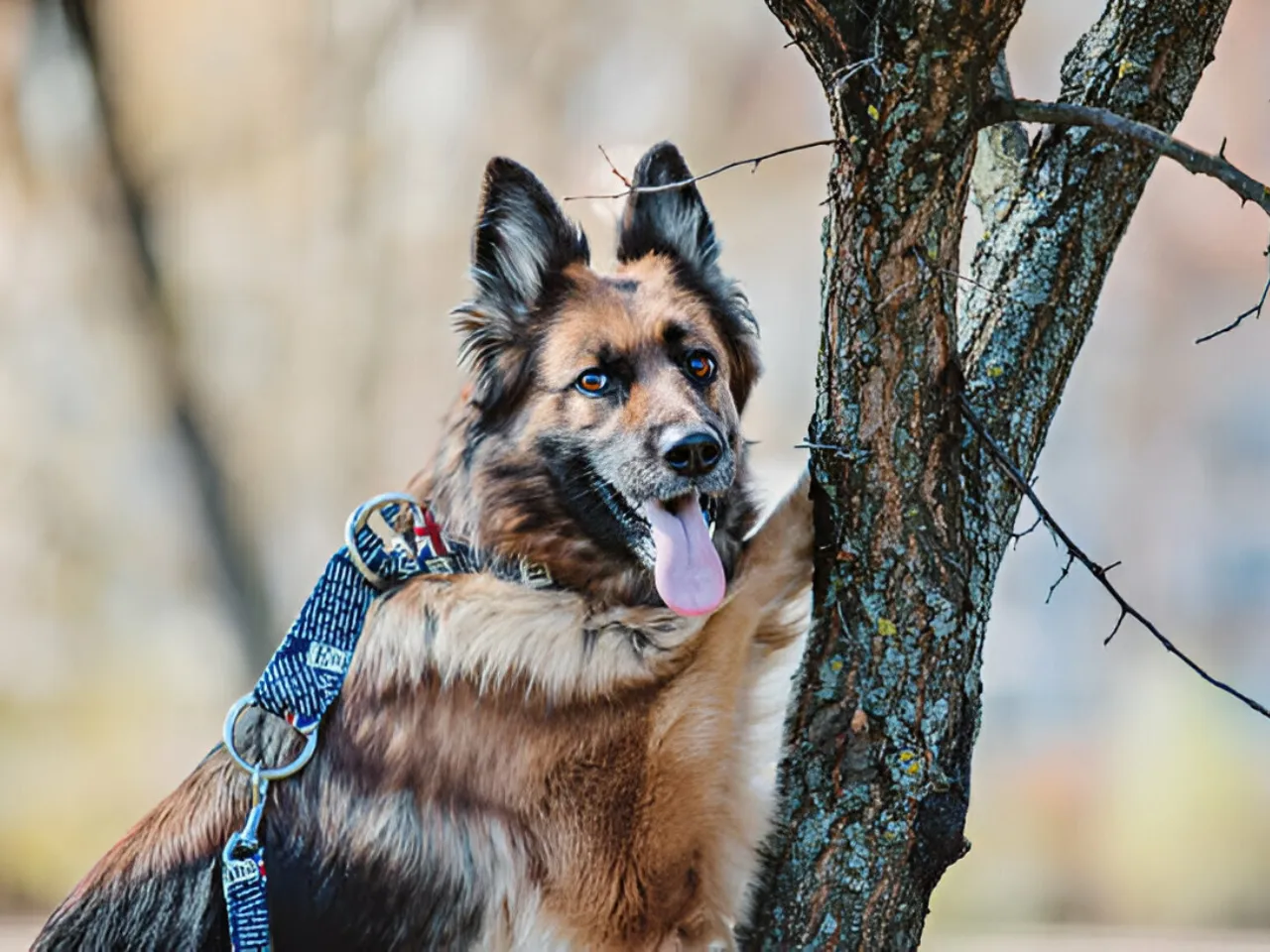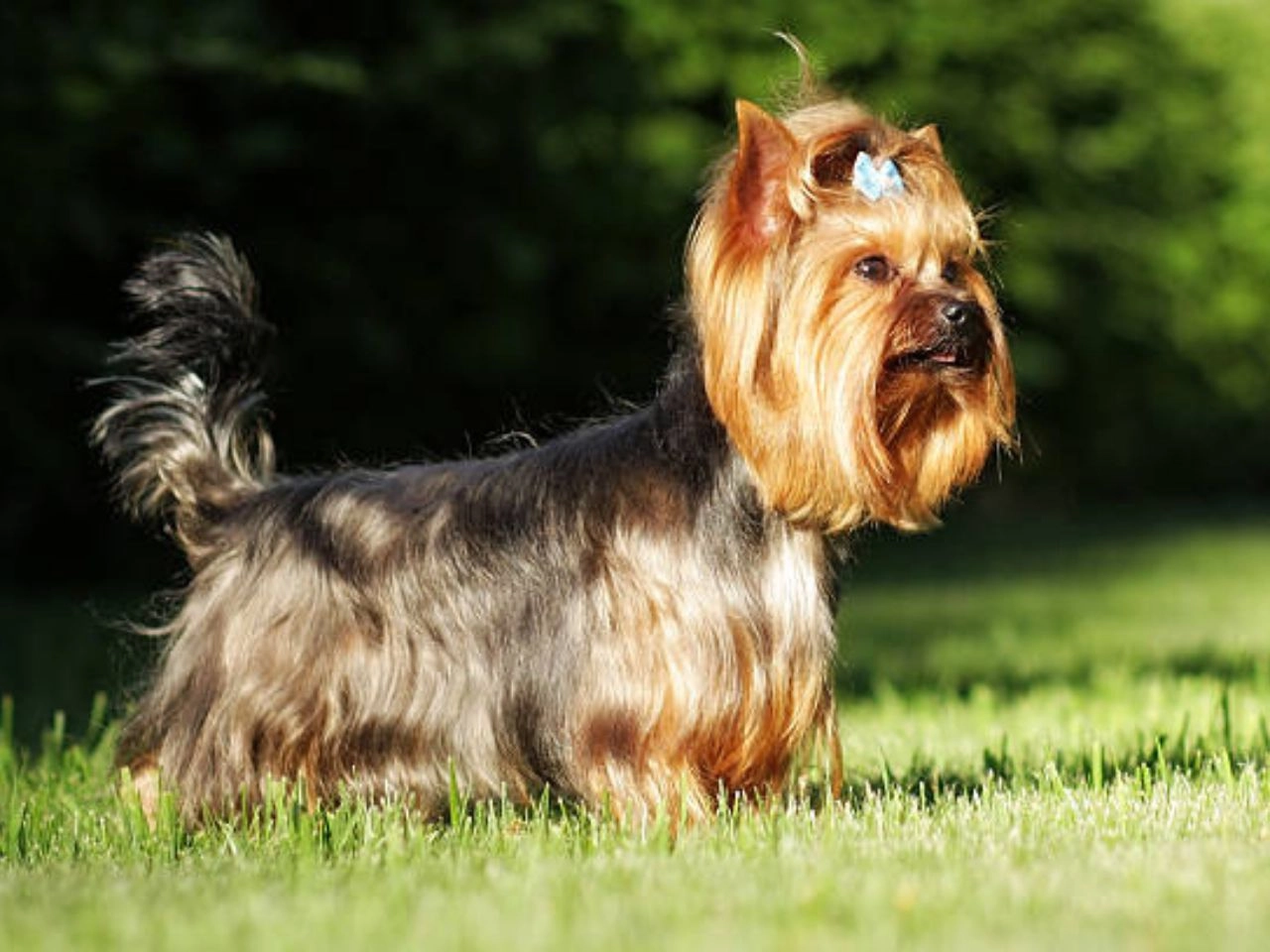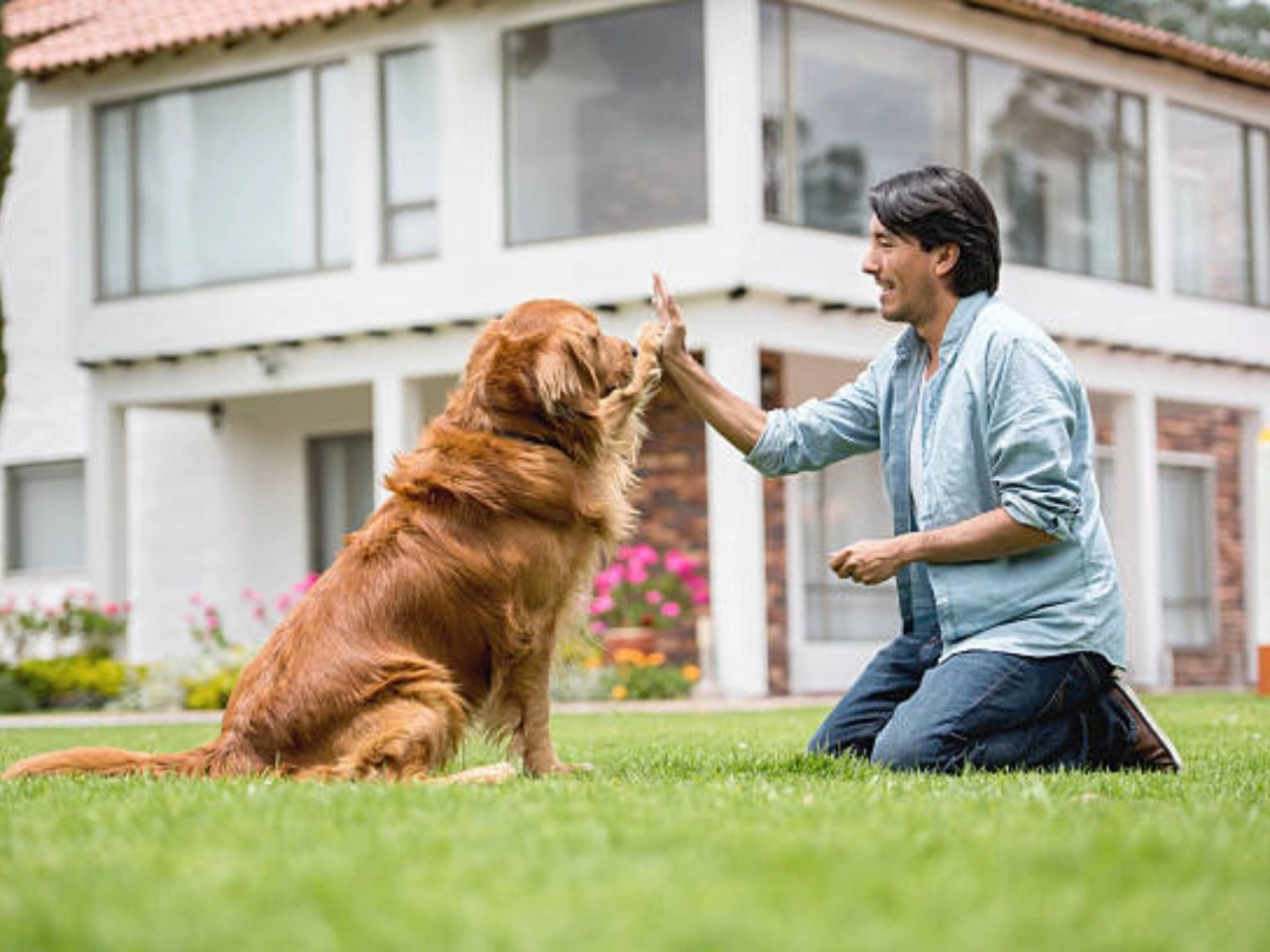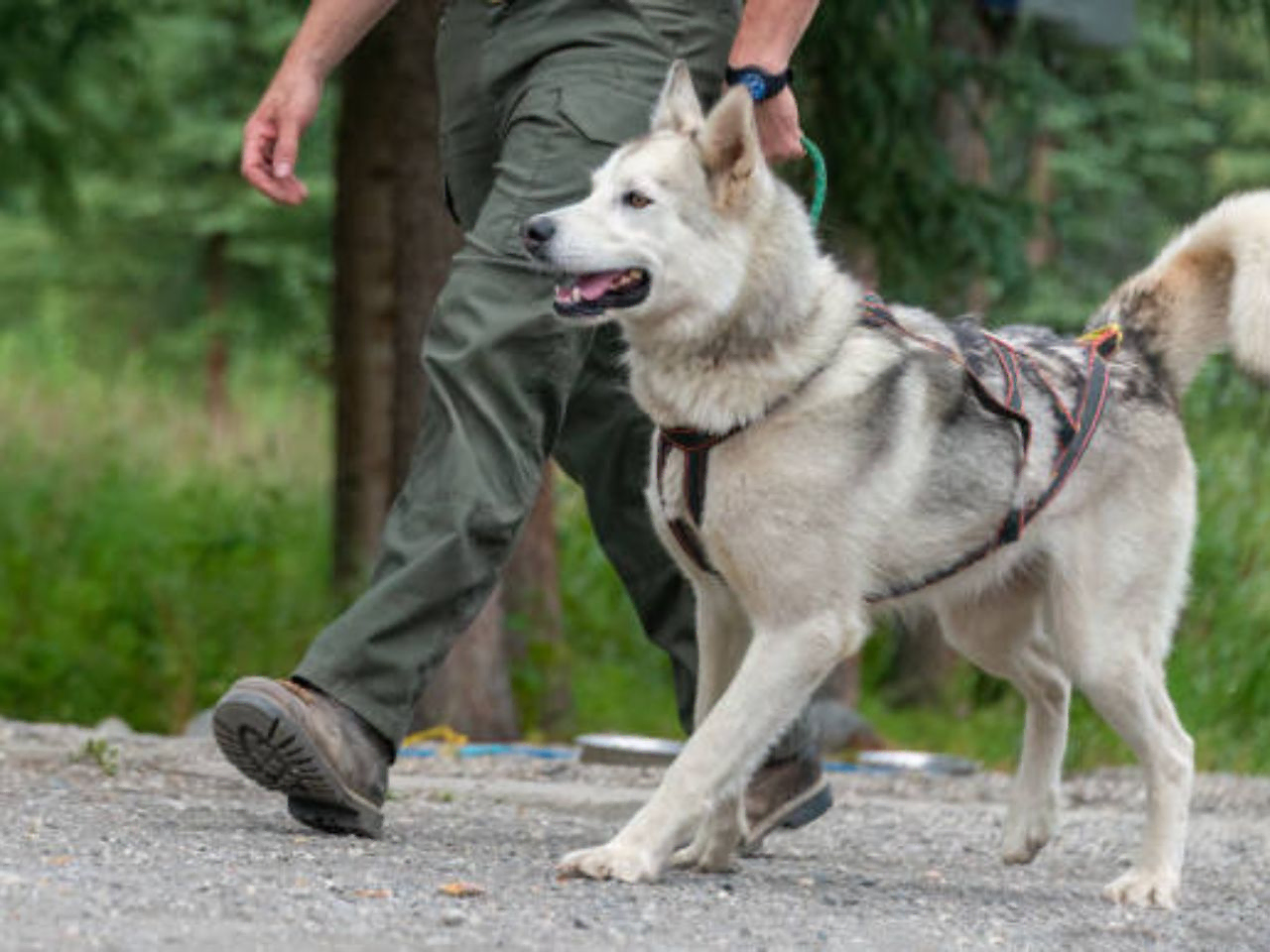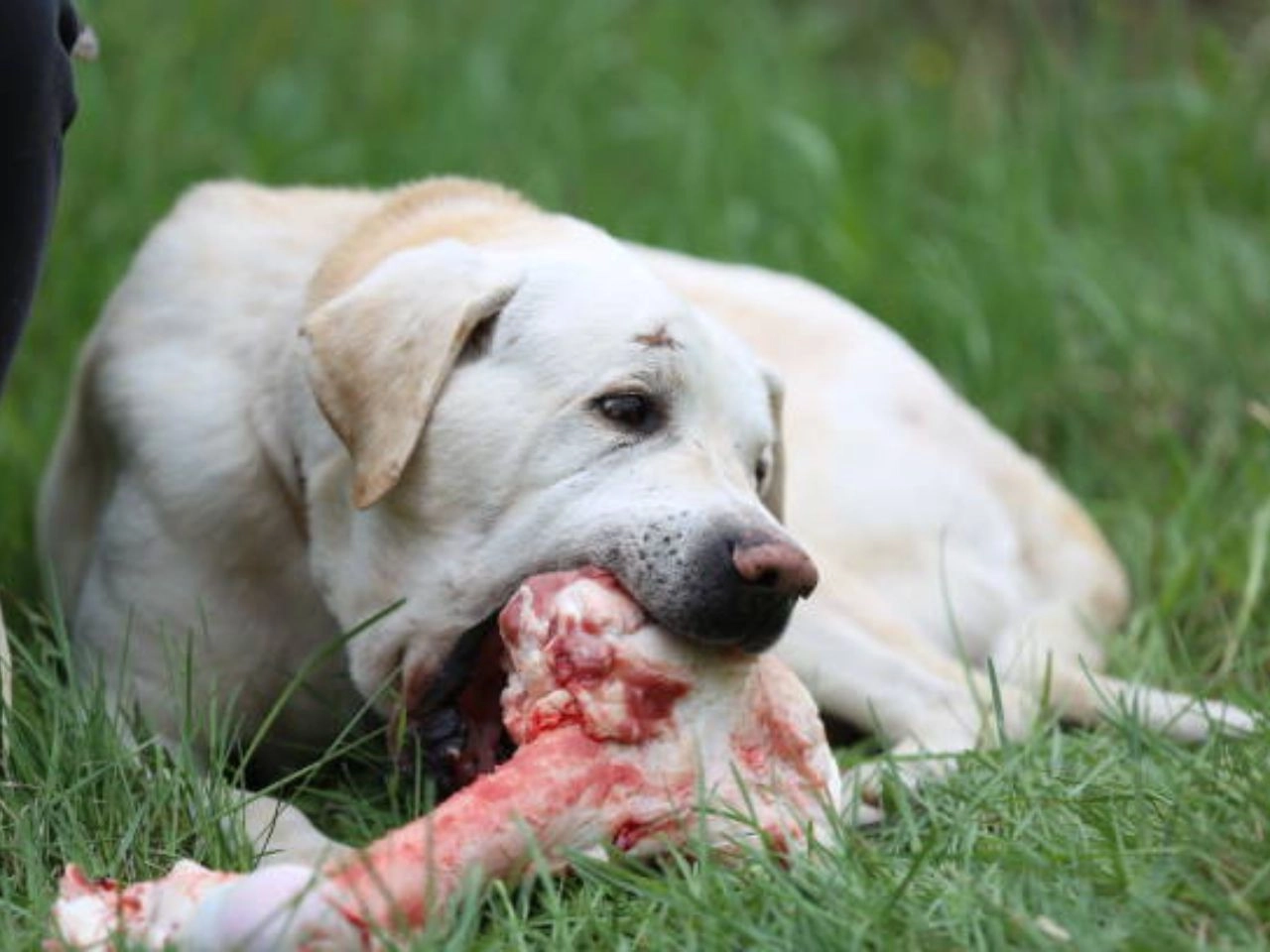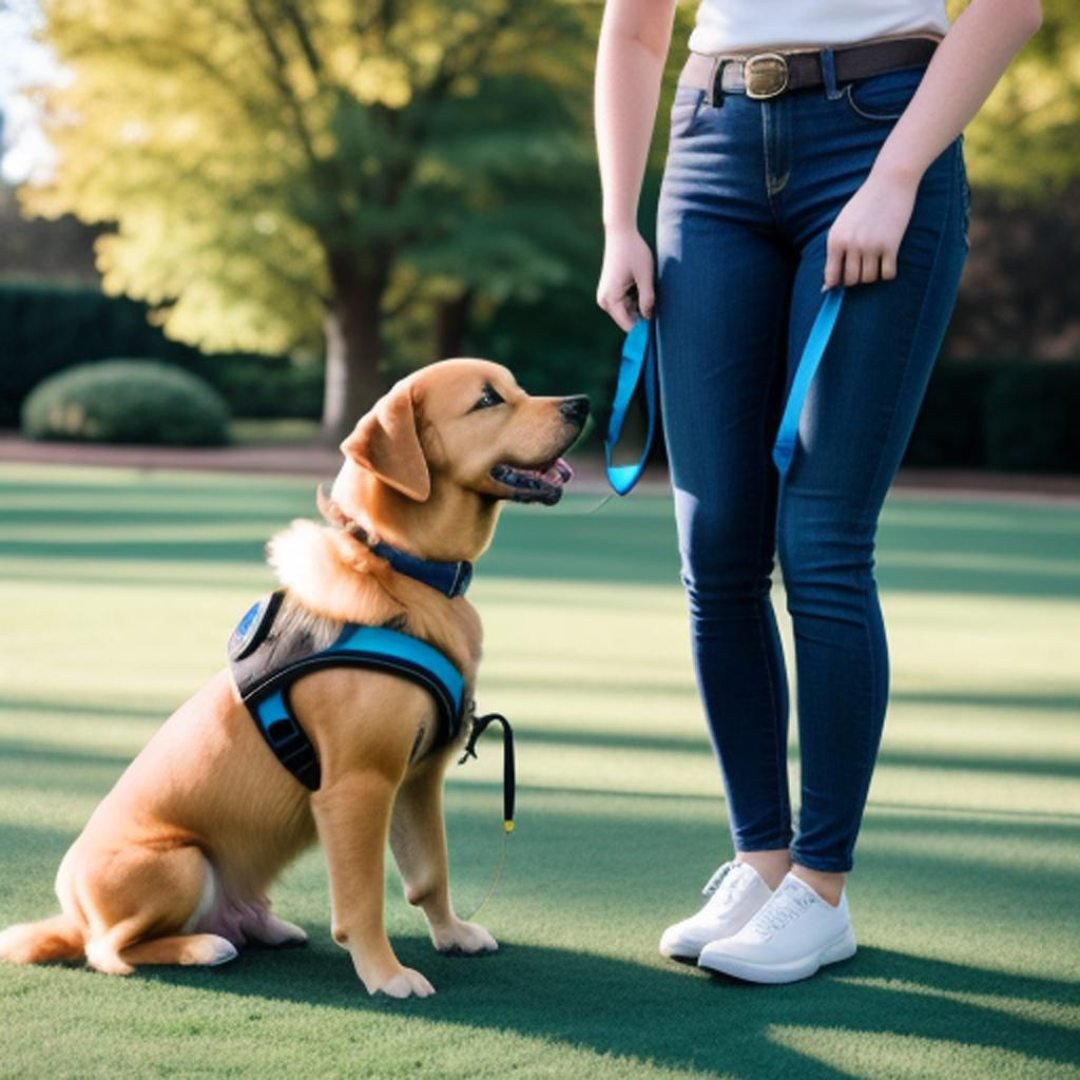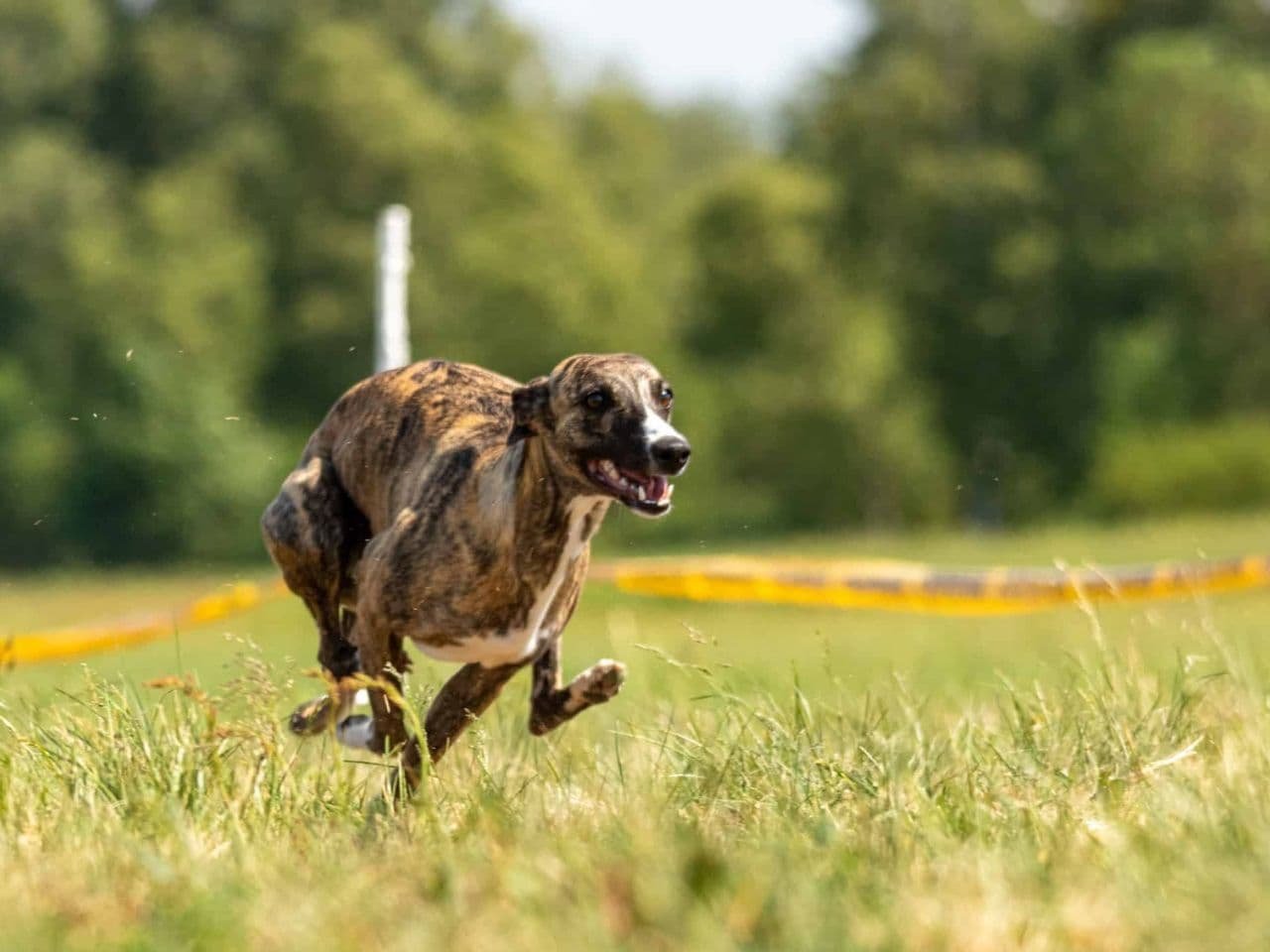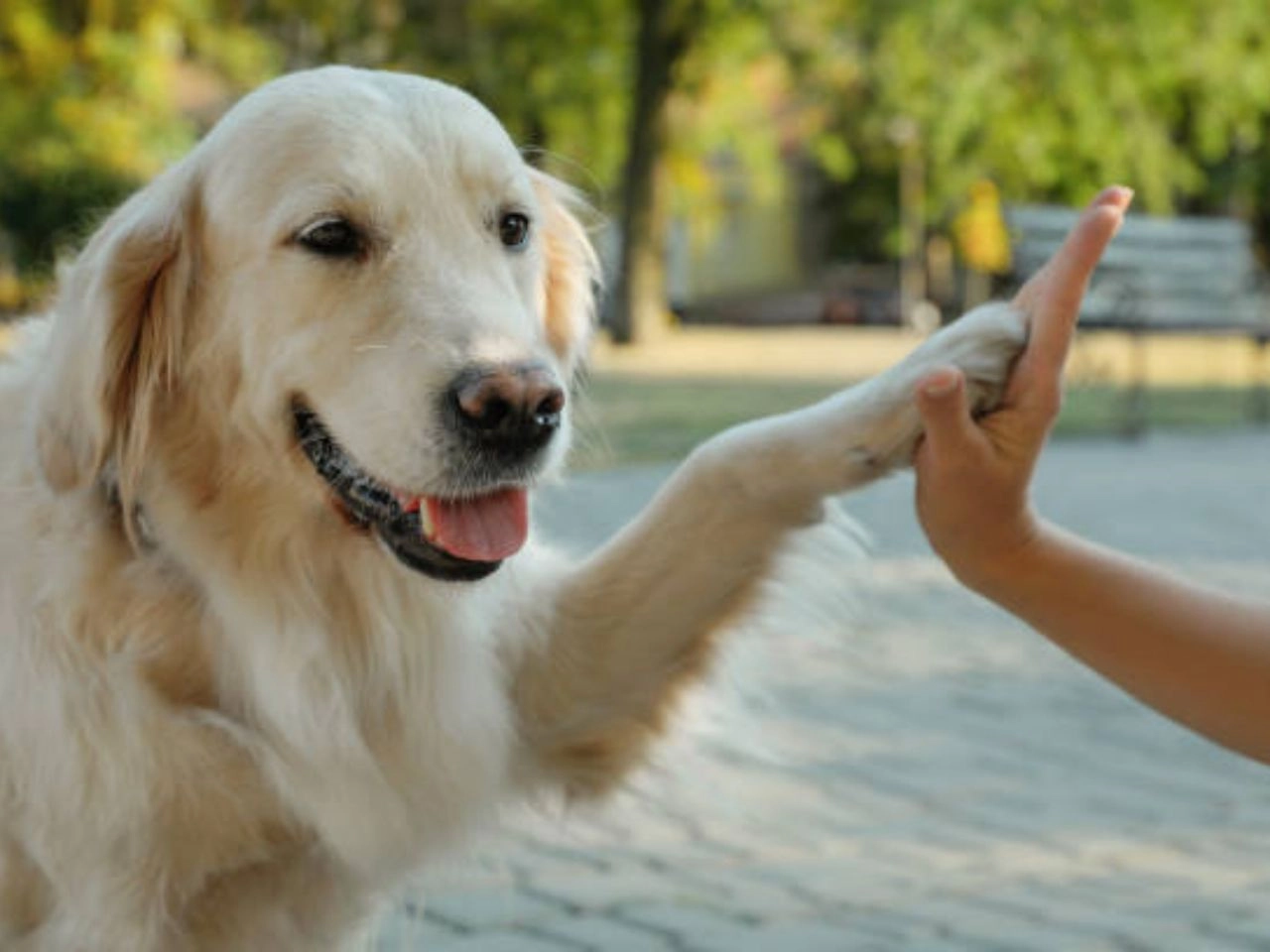How to Train a Small Dog, start with basic commands like ‘sit’ and ‘stay’ and be consistent with rewards and corrections. Use positive reinforcement and short training sessions to keep your dog engaged.
Training a small dog requires patience, consistency, and the understanding that they may need a gentler approach compared to larger breeds. Establish yourself as the pack leader with a firm yet loving hand to gain their trust and respect. It’s important to tailor your training methods to suit your dog’s individual personality and energy levels. Keep training sessions short, no more than 5 to 10 minutes, to maintain your dog’s attention and interest. Always use positive reinforcement, such as treats or praise, to encourage and reward good behavior. Consistent practice, gentle guidance, and clear communication will help your small dog learn the desired commands and behaviors effectively. Remember, small dogs are just as capable of learning as their larger counterparts—they simply need the right approach and dedication from their trainer. Small Dog Trainer USA
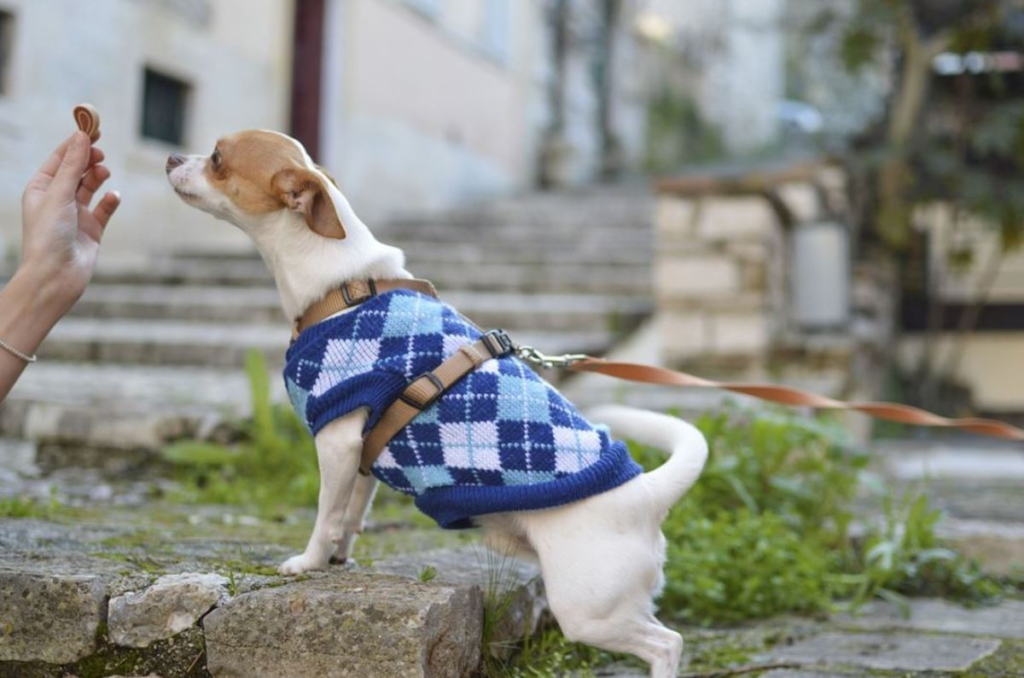
Introduction To Small Dog Training
Training a small dog comes with unique challenges. Their size may lead to them being overlooked during training. This can cause behavioral problems. Small dogs often have big personalities and can be stubborn.
A well-trained small dog brings many benefits. They are easier to manage, safer around children, and can adapt well to apartment living. Social outings become more enjoyable. Plus, they are less likely to develop anxious behaviors.
Essential Training Supplies
Choosing the right treats for your small dog is essential. Smaller treats are best, as they prevent overfeeding. Look for healthy options, which are low in calories but high in flavor. Training your dog becomes easier when they love their rewards.
Training tools and toys add fun to your sessions. A clicker can help your dog understand when they do something right. Interactive toys keep their mind sharp. Make sure each toy is suitable for their size and safe for their play. Durable toys withstand energetic pups.
Basic Commands Every Small Dog Should Know
Training your small dog requires patience and consistency. Begin with the basic commands: Sit, Stay, and Down. These essential skills help to keep your pet safe and responsive.
‘Sit’ teaches your dog to sit on command, providing a foundation for more complex tasks. ‘Stay’ is vital for controlling your dog’s movements, especially in distracting settings. For ‘Down’, your dog will learn to lay down, which is useful for calming and controlling their behavior.
Master ‘Come’ and ‘Heel’ to guide your dog during walks and in public areas. The ‘Come’ command brings your dog back to you, while ‘Heel’ teaches them to walk by your side without pulling on the leash.
For ‘Leave It’, your dog will learn to ignore potential dangers or distractions. This command is crucial for preventing your dog from picking up harmful objects.
House Training Your Small Dog
House training a small dog requires patience and consistency. Crate training is a key step. Choose the right-sized crate for your dog. It should be cozy but not too cramped. Inside, place comfortable bedding and safe toys. Begin with short periods in the crate. Gradually increase time as your dog gets used to it.
Potty training involves a routine. Take your dog outside frequently. This should be after waking up, after eating, and after playtime. Praise your dog for going potty outside. Use a consistent command like “go potty”. This helps your dog understand what’s expected. Remember, accidents happen. Stay calm and clean up without fuss. Consistency is key in successful potty training.
Socialization And Behavior
Socializing a small dog is key to a well-behaved pet. Introduce your dog to new people regularly. This helps them become friendly and confident. Use treats and praise to make these meetings enjoyable. Always watch closely to ensure safety for all.
With other pets, start with short, controlled interactions. Keep your small dog on a leash at first. Choose calm and friendly animals for early meetings. This reduces stress and prevents fights. Consistent positive experiences build good pet relationships.
Preventing Small Dog Syndrome requires setting clear rules. Teach your dog not to jump on people or bark excessively. Reward good behavior with snacks or playtime. Stay firm but gentle; never use harsh punishment. Small dogs need to understand their boundaries to grow into well-mannered companions.
Advanced Training Techniques (How to train a small dog)
Small dogs can excel in agility training which sharpens their minds and bodies. Obstacle courses they weave through boost coordination and confidence. Short training sessions are best, keeping them fun and engaging. Remember to reward your pup for their hard work and progress.
Engaging in tricks and fun activities also strengthens your bond. Teach simple commands like sit, stay, or rollover. Use treats to make learning enjoyable. Plan regular playtime sessions that challenge your dog. These methods nurture a happy, well-trained pet.
FAQ ( How To Train A Small Dog)
Are Small Dogs Easy To Train?
Small dogs can be easy to train due to their eagerness to please and quick learning abilities. Their size also makes them manageable for consistent training sessions. However, success varies by individual dog and its specific breed characteristics.
What Is The Best Way To Train A Small Dog?
The best way to train a small dog involves positive reinforcement, consistency, short training sessions, patience, and socialization from a young age. Use treats and praise to encourage good behavior.
How Long Does It Take To Train A Small Dog?
Training a small dog typically requires several weeks to months. Consistency and daily practice can lead to basic obedience within 8-10 weeks. Advanced training might take longer. Each dog’s learning speed can vary.
Are Small Breed Dogs Harder To Potty Train?
Small breed dogs are not necessarily harder to potty train, but they do have smaller bladders. Frequent trips outside and consistent training are key to success.
Training a small dog requires patience and perseverance. Stick to positive reinforcement and consistency. Remember, short, daily sessions work best. Equip yourself with the right tools and approach, and success follows. Embrace the bonding journey—it’s rewarding for both you and your pint-sized companion!
